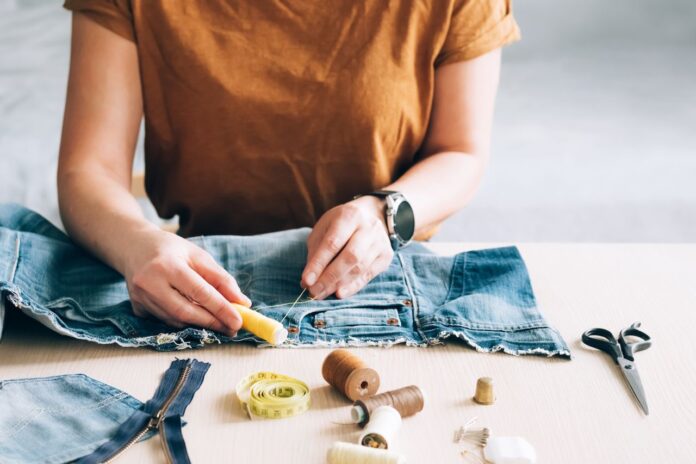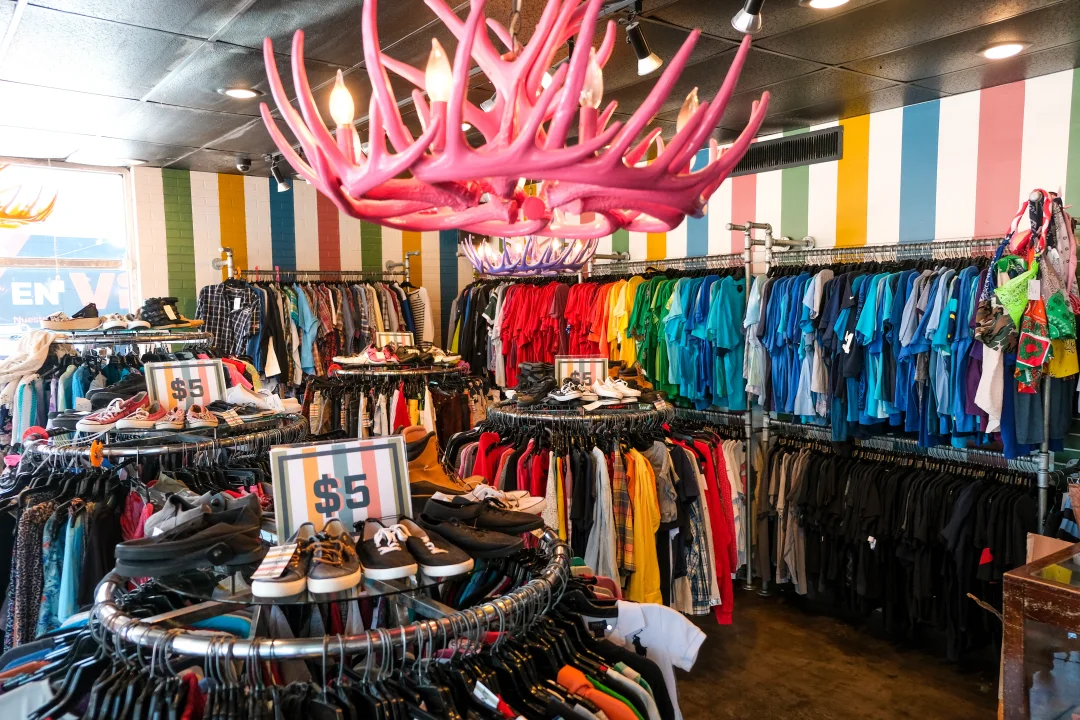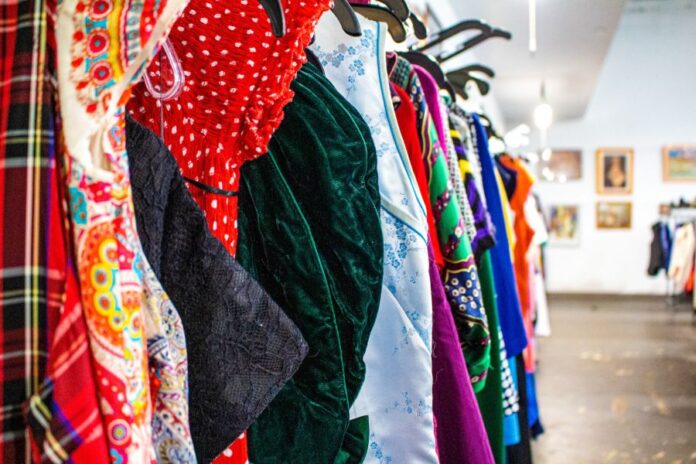In a world where fast fashion dominates, the environmental and social costs of clothing production and consumption are becoming increasingly apparent. From the exploitation of labor to the massive carbon footprint of textile manufacturing, the fashion industry’s impact on the planet is undeniable. However, there is hope on the horizon in the form of clothing reuse. By reimagining, repurposing, and reinventing our wardrobes, we can reduce waste, conserve resources, and cultivate a more sustainable relationship with fashion. Let’s explore some creative and practical ways to reuse clothes and breathe new life into our garments.
Clothing Swaps and Exchanges
One person’s unwanted clothing can indeed become another person’s treasure, and clothing swaps and exchanges offer an eco-friendly and cost-effective way to refresh your wardrobe. Hosting a swap party with friends, family, or colleagues can be a fun and social event where participants can trade clothing items they no longer wear for new-to-them pieces, all without spending a dime.
Additionally, joining online communities or attending local swap events expands your network and allows you to connect with like-minded individuals who share a passion for sustainable fashion and exchanging clothing. These larger-scale swaps provide even more opportunities to find unique and stylish pieces while reducing textile waste and promoting a circular economy.
Upcycling and DIY Projects

Upcycling involves transforming old or unused clothing items into new creations with added value. Get creative with DIY projects such as turning old jeans into denim shorts, repurposing T-shirts into tote bags, or transforming dresses into skirts. With some basic sewing skills and imagination, you can breathe new life into old garments and create unique, personalized pieces that reflect your style and personality.
Repair and Alterations
Before discarding damaged or ill-fitting clothing, consider repairing or altering them to extend their lifespan. Sew on patches to cover holes, replace missing buttons, or shorten hems to give garments a fresh look. Alternatively, enlist the help of a skilled tailor or seamstress to make alterations that improve the fit and functionality of your clothing, ensuring they remain wearable for years to come.
Creative Restyling
Explore the realm of creative restyling techniques to infuse old garments with a contemporary flair that reflects your unique personality and style. Experiment with mixing and matching various pieces from your wardrobe, daring to layer items in unconventional ways to craft unexpected yet fashionable ensembles. Elevate your looks with the artful addition of scarves, belts, and jewelry, using these accessories to inject a touch of freshness and sophistication into your outfits.
Embrace the freedom to express yourself authentically by playing with color palettes, experimenting with patterns, and juxtaposing textures to create captivating and dynamic looks that breathe new life into your timeless wardrobe staples.
Textile Recycling and Repurposing
When clothing reaches the end of its wearable life, explore textile recycling options to divert it from landfill. Many communities offer textile recycling programs where old clothing can be collected and processed into new materials or products. Additionally, consider repurposing textiles for non-clothing items such as cleaning rags, quilts, or pet bedding, further extending their usefulness and reducing waste.
Making Quilts
Quilting is a time-honored tradition that transforms fabric scraps into beautiful and functional works of art. Gather your old clothing and send it to myt-shirtblanket.com to create a wonderful quilt that tells the story of your life and memories.
You could even make one yourself if you wanted to start a new hobby with your family, adding bits at a time over the years. Quilting allows you to preserve cherished fabrics while reducing waste and creating a cozy keepsake for generations to come.
Vintage and Thrift Shopping

Indulge in the excitement of uncovering hidden treasures by delving into the world of vintage and thrift stores, where each visit promises the discovery of unique and one-of-a-kind clothing pieces. Vintage clothing, having endured the test of time, often showcases exceptional craftsmanship and enduring style, offering a distinctive allure that sets it apart from modern garments. By opting for second-hand clothing, you not only lessen the demand for new production but also play a vital role in promoting sustainability and circularity within the fashion industry. Every purchase of pre-loved garments breathes new life into these pieces, granting them a fresh opportunity to be cherished and admired in their new home.
Capsule Wardrobes and Versatile Pieces
Build a sustainable wardrobe focused on quality over quantity by curating a capsule collection of versatile, timeless pieces that can be mixed and matched to create various outfits. Invest in high-quality basics such as a well-fitting blazer, tailored trousers, and classic white shirts that serve as the foundation of your wardrobe. By choosing timeless styles and versatile pieces, you can minimize the need for frequent updates and reduce clothing consumption overall.
Educational Resources and Workshops
Expand your knowledge and skills sustainably by seeking out educational resources and workshops focused on clothing reuse and upcycling. Many community centers, libraries, and online platforms offer classes and tutorials on sewing, mending, and garment reconstruction. By learning new techniques and sharing knowledge with others, you can empower yourself to become a more conscious and creative consumer of fashion.

Mindful Consumption Habits
Embracing a sustainable approach to clothing reuse requires cultivating mindful consumption habits that prioritize intentionality and longevity. Prior to adding new items to your wardrobe, take a moment to reflect on the necessity of the purchase, evaluating the garment’s quality, functionality, and potential longevity in your collection. Whenever feasible, opt for ethically produced garments crafted from sustainable materials, as these choices align with environmental and social responsibility.
Additionally, consider exploring second-hand or vintage options when refreshing your wardrobe, as these pre-loved treasures not only contribute to the circular economy but also carry their own unique stories and charm. By adopting a conscious and discerning approach to clothing consumption, you can play a significant role in promoting sustainability within the fashion industry while cultivating a wardrobe that reflects your values and personal style.
In conclusion, clothing reuse offers a multitude of opportunities to reduce waste, conserve resources, and foster a more sustainable approach to fashion. Whether through clothing swaps, upcycling projects, or vintage shopping, we can reimagine our relationship with clothing and embrace a more conscious and creative approach to dressing. By valuing quality over quantity, cultivating our creativity, and making mindful consumption choices, we can contribute to a more sustainable and stylish future for fashion.




